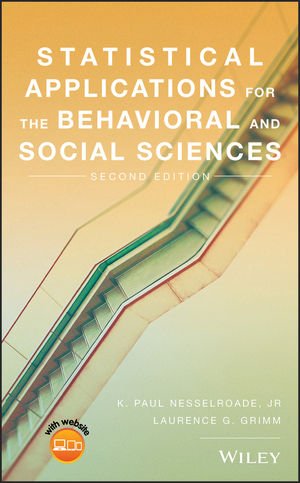(Essay found in Nesselroade & Grimm, 2019; pg. 23)

Remember the research on mass versus distributed practice by Baddeley and Longman (1978) that was mentioned earlier in the chapter? The finding that ‘distributed practice is more effective than mass practice’ is actually a very old one, first uncovered by one of the pioneers of psychology, Hermann Ebbinghaus (1885), when conducting his famous studies on memory. It is also one of the more robust findings of psychology; shown to apply to the acquisition of a variety of both neuro-muscular skills like archery (Lashley, 1915) as well as cognitive abilities like face recognition (Mammarella, Russo, & Avons, 2002). Karl Lashley (1915) concisely states the core finding when writing, “[a] close correspondence exists between the distribution of practice and the amount of improvement appeared, a given amount of practice being more efficient when distributed through many short periods than when concentrated in a few long ones” (p. 127). Given the demonstrated external validity of this finding, the implications for studying material in this text should be clear. It is far better to spend a small but meaningful amount of time each day studying statistics than it is to set aside a few large blocks of time to cram just before a test. The challenge to the student is to discipline themselves to find time every day, or at least every-other day, to review recently covered material, run through a few practice problems, and read a little bit ahead in the textbook. Research suggests it will be the best way to spend the time one allocates to learn the material in this textbook.
Find this and other similar side-bar discussions in the Nesselroade & Grimm textbook.
Baddeley, A.D., & Longman, D. J. A., (1978). The influence of length and frequency of training sessions on the rate of learning to type. Ergonomics, 21(8), 627-635.
Ebbinghaus, H. (1885). Memory: A contribution to experimental psychology (H. A. Ruger and C. E. Bussenius, Trans.). New York, NY: Columbia University.
Lashley, K. S. (1915). The acquisition of skill in archery. Carnegie Pub., 211, 107-128.
Mammarella, N., Russo, R., & Avons, S. E. (2002). Spacing effects in cued-memory tasks for unfamiliar faces and nonwords. Memory & Cognition, 30, 1238-1251.